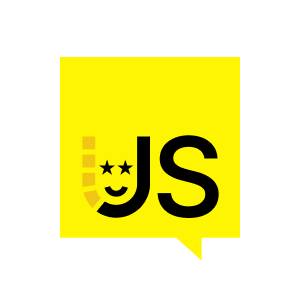I removed that immediately, so it's pretty bright. This runs now and rewrites all my local publishing, so I can hit through and it would then deploy this to this local Verdasho instance. In fact, if I go back, you can see the actual packages pop up there.
In the real-world scenario, you don't want to go and every time manually specify what version you want to increment, whether it's a major or not, so there's the possibility in the NxJSON here to configure some of that. Now, if you run NxRelease again, just run it through, it automatically detects this is a minor update we make, so the version you want to get is 1.1.0, and we can say we want to publish this, and we also get here now a change lock at the root that is in this representation. Now, there are some more options that you can configure there. You can define what is the actual product relation in here, so is it like something that you want to fix versioning so all the packages are incremented at the same time, you want to have independent versioning, and also things like you want to have GitHub releases at the same time being pushed rather than just npm. You can do more stuff in the sense of having group releases which is pretty interesting, so in the sense that, in this case, for instance, we have, if you look, more React-related parts, we have a solid in here, and more core parts, so you could even go ahead and say you want to have some sort of release groups.
These are some of the features that we implemented in that Nx release version. It is right now one of the packs that we support is like JavaScript, but you can extend it on your own. The general versioning and publishing process. We even have one for Rust, and it can be extended to other languages as well. There's a lot of the features and stuff that I showed you today is like on our docs, so there's like a managed releases in general which has a walk-through video, and as well down here, you see a bunch of different recipes for customising and automating releases on your CI system, how to do NPM provenance support, and those types of things you would want to have in an open-source packaging publishing way. All right, that's it. That's all I can show you so far. We're still outside of the booth, so if you want to check that out and come by and dive a bit deeper, happy to answer questions. Thank you.


















Comments